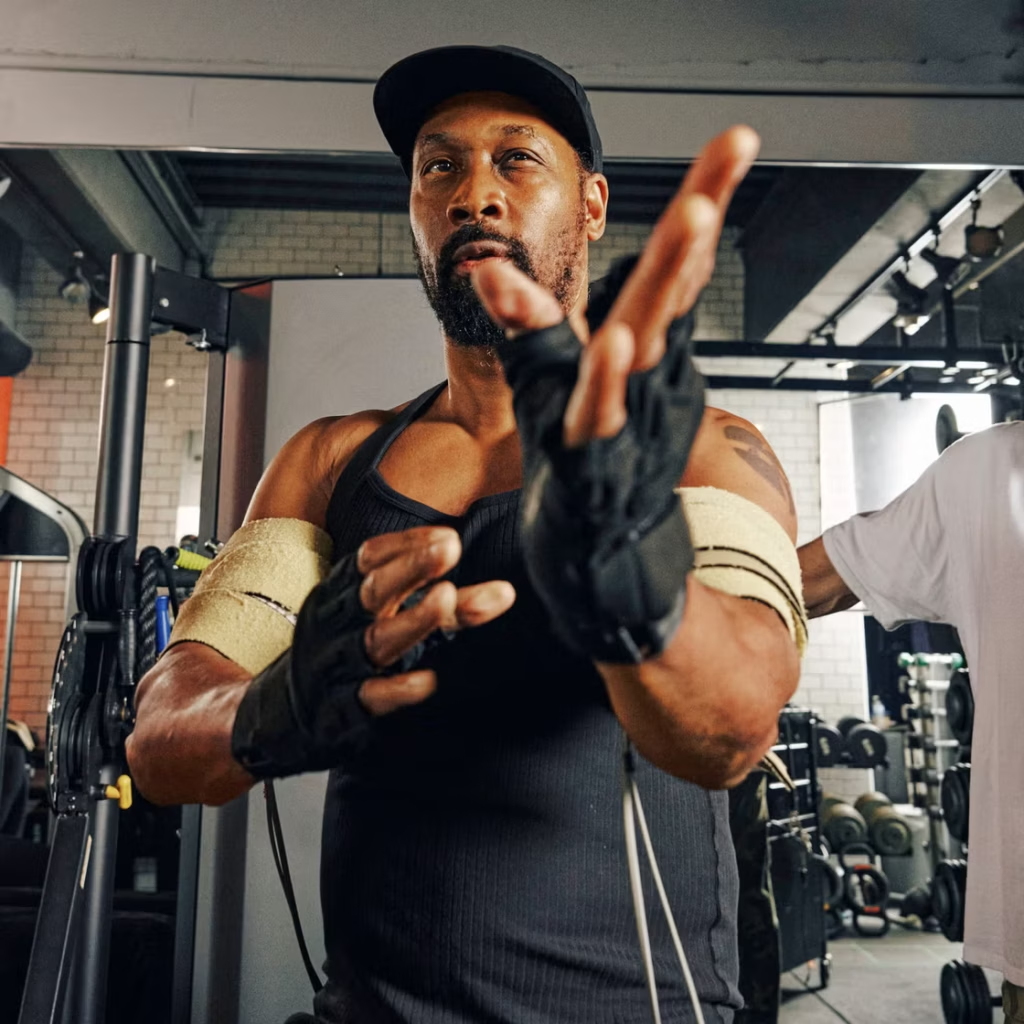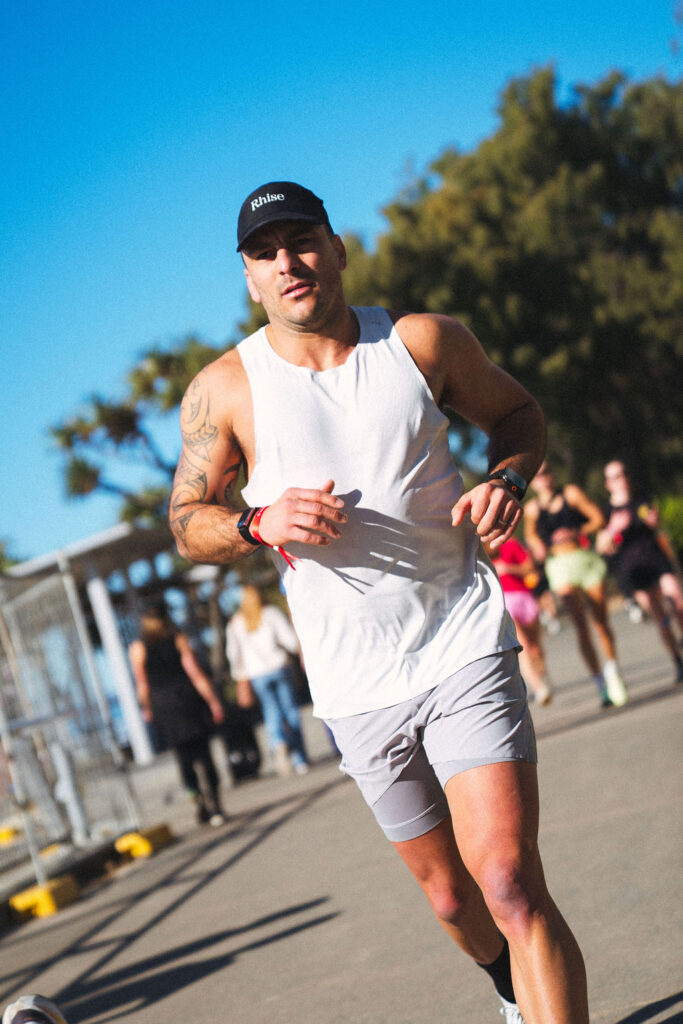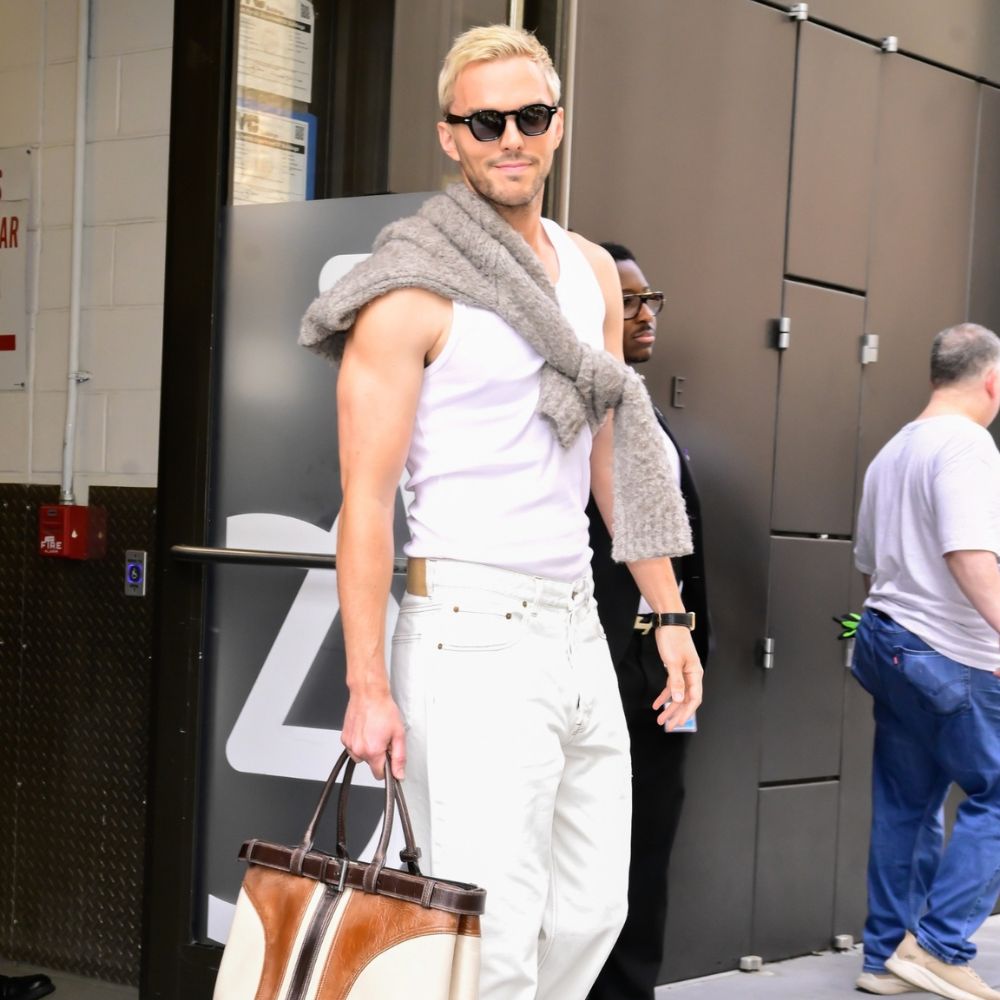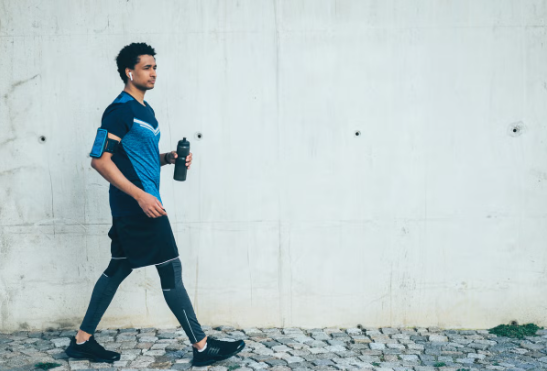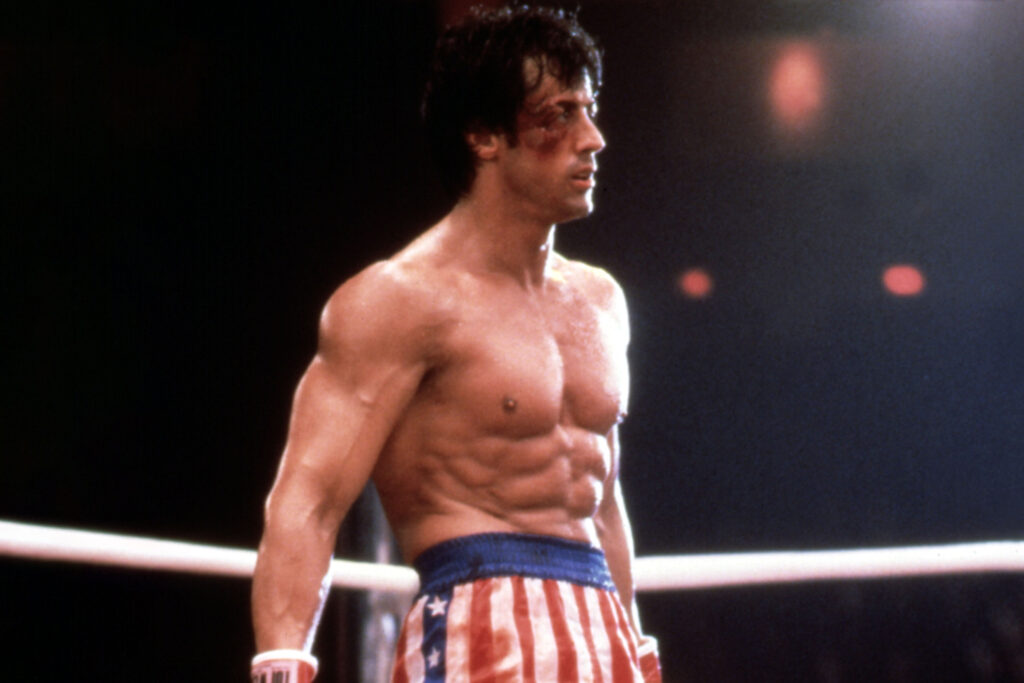One day in EARLY 2020, Tenoch Huerta was on a Zoom call with Ryan Coogler, the director behind Creed, Black Panther, and its sequel, Black Panther: Wakanda Forever – the subject of their meeting. He was offering Huerta a role.
“He was telling me something like, ‘So, the shaman gives them a drink, they drink it, then they jump into the ocean, and – ’… And then he was frozen,” says Huerta. This time he’s Zooming with me from his home in Mexico City, and he lurches towards the camera, pausing to act out those agonising seconds or minutes or aeons Coogler was frozen. “Then he came back, and he was like, ‘So, that’s it. What do you think?’ And I was like, ‘I’m in, I’m totally in, I love it!’ ”
It wasn’t until the next day that Tenoch Huerta found out what he’d signed up for, when his agents called to tell him the role he’d accepted was that of Namor the Sub-Mariner, a character who debuted in Marvel Comics #1 in 1939, the very first issue under publisher Timely Comics, which itself would be renamed Marvel Comics more than two decades later. He’d be playing the latest incarnation of the half-human prince of Atlantis, an antihero who spent World War II–era story lines fighting alongside the Allies at sea. (He’s also, ahem, the original Atlantean scion. Aquaman first appeared two years after Namor from a rival publisher that later became DC Comics.)
Huerta’s friend, a comics fan, immediately began to get him up to speed. Besides being one of the longest-running characters in Marvel comics, Namor brings with him potential implications for the future of the Marvel Cinematic Universe. (In modern comics, Namor is a mutant, a detail not lost on fans eagerly awaiting the arrival of the X-Men into the MCU.) And now he’ll be played by a Mexican actor, one of the few (including Salma Hayek in Eternals) to appear in a major role in a Marvel movie. It’s a lot of pressure, or it would be if Huerta weren’t so preoccupied with one particular aspect of the reference images he saw.
“The Speedo!” he says. “Fuuuuck.” Huerta later took to calling Namor’s iconic skimpy green shorts his “shame shorts”, since he wore them on the walk of shame from his trailer to set and back when filming. Like many of us, he hadn’t exactly spent the pandemic rising and grinding. “I enjoy Mexican food so bad, so I wasn’t in my best shape,” he says. After accepting the role, though, he had just five months to get there. It was time to dive in.

Train smart
While he’d trained for roles before – he gained more than five kilograms of muscle mass to play infamous Mexican bank robber Alfredo Ríos Galeana in El Más Buscado and learned to wrestle for the Mexican series Blue Demon – Huerta felt he needed professional coaching.
For that, he worked with two local trainers: biomechanics and sports-rehab specialist Martín Gleizer and nutritionist Jerónimo de la Peza. With gyms shut down during the pandemic, they gut-renovated an old kindergarten, turning it into a commercial gym that Huerta now co-owns. The 41-year-old actor played football (Brady, not Beckham) from ages five to 21, and he stopped only because he dislocated his shoulder during a game in college. He had surgery but still struggles with alignment issues and some chronic pain. So Huerta eased into his training.
“We never went crazy with the weight. All the exercises were the kind of exercises that help you to heal and prepare your body,” he explains. “And from that point on, you can increase what you are asking from your muscles.”
He trained six days a week: two high-intensity workouts, one low-intensity workout, repeat, rest. “Sometimes we would push him a little bit more, and he always embraced the challenge,” says Gleizer. But the point wasn’t to get Thor fit or Cap fit – it was to get Namor fit. That meant swimming, where Huerta, er, needed some work.
“The director asked me, ‘Do you know how to swim?’ And I was like, ‘I’ve never drowned before!’ ” he says. “Then the producer asked me. I said, ‘I’ve never drowned before’. Then my team asked me. I said, ‘I’ve never drowned before’. And they said, ‘No, seriously, do you know how to swim?’”
By the end of his training, Huerta was doing 90-minute pool sessions. (See “Get Namor Jacked”, right.) “I’m not Michael Phelps. That guy is a real superhero – he’s an actual mutant,” he says. “But we did a lot of free diving, since we shoot underwater, and I learned to hold my breath for up to five minutes. Now when I’m down there, holding my breath in the middle of the water, it is so peaceful. It’s like meditation.”
Change the narrative
Just as Tenoch Huerta has transformed to become Namor, Namor has undergone his own transformation. Coogler and company have reimagined the character’s background, trading in the kingdom of Atlantis for Talocan, an underwater civilisation descended from an ancient Mayan community. Wakanda Forever drew inspiration from the culture and iconography of ancient Mesoamerican civilizations to envision how such a community might have evolved, hidden in the depths of the ocean and unfettered by outside influences like colonialism.
“We’re imagining a community that’s anchored to its own Indigenous past,” says the film’s costume designer, Ruth E. Carter, who won an Oscar for Black Panther. “We were inspired by all of the pageantry that you see in Mesoamerican history. There are these vases that they painted to depict figures in headdresses and all kinds of clothing that I used to inspire the clothing of the Talocan.”
Among the many headdresses was an instantly iconic one that Huerta wears in the movie’s trailer – “the feathered serpent”, Carter calls it. “We worked with historians who were experts on the Mayan culture to learn about what part of the trajectory of the ancient Mesoamerica area we would draw from,” she says. “And so we looked at beautiful sculptures of different scenes depicting the lifestyle of post-classic Yucatán, and the feathered-serpent figures were the ones that were the most powerful looking.” The headdress weighed “about 10 pounds”, and a version with wireworks had to be built to allow mobility in scenes where Huerta has it on while maneuvering six metres underwater.
The weight of a heavy Mayan crown is almost too on the nose as a metaphor for a dark-skinned Mexican actor of Indigenous descent about to star in the biggest superhero movie of the year. Huerta grew up working-class and studied journalism in college before his father, a film buff, encouraged him to take acting classes on the side. The classes soon turned into a career, but, well, not much of one at first.
“Most Mexicans, we have some Indigenous heritage,” he says. “We have Indigenous blood in our veins.” Yet colourism still ran rampant in Mexican media. “It was almost impossible to see brown people in Mexican television, movies, commercials,” says Huerta. “Almost everybody was white and blond. You’d go to a movie theatre in Mexico and be like, ‘Is this a Danish movie?’ ” Huerta ended up turning down a lot of parts early on, finding that “brown-skinned people were always the thieves, the criminals, the bad guys”. Eventually he built a strong résumé of Mexican movies and TV series as well as a handful of international projects, until he got his big break playing legendary real-life cartel boss Rafael Caro Quintero on Netflix’s Narcos: Mexico. But a Marvel platform blows all that out of the water.
What excites Tenoch Huerta the most is the chance to help create for viewers like him what Black Panther created for Black viewers when it gave them Wakanda – a vibrant, living testament to their past, their pride and their potential.
“We brought in Mesoamerican scholars – they call themselves Mesoamericanistas – and the production was open to listening and taking all the experience they could provide. And that makes my character and everything built around him even more deep and profound,” says Huerta. “Because it’s not just lights and explosions. Every detail is meaningful.”
GET NAMOR JACKED
When Tenoch Huerta began training for Wakanda Forever, he weighed 93 kilograms. More than five months later, he’d dropped to 84 kilograms while packing on size in targeted areas (quads, hamstrings and shoulders). Here’s how:
RULE 1: Start with Z
Due to an old injury, he was constantly battling the shoulder pain and the limited range of motion,” says Martín Gleizer, one of his trainers. One fix was the single-arm Z-press: Huerta sat on the floor with a dumbbell at his shoulder, tightened his abs, and pressed overhead. Do 3 sets of 8-10 reps, using a light weight.
RULE 2: Strength first, muscle later
Huerta hadn’t been training beforehand, so Gleizer focused on full-body conditioning, relying on compound exercises like barbell back squats, dumbbell Romanian deadlifts and dumbbell bench presses. Each session lasted 45-50 minutes, building a base of strength.
RULE 3: Bodyweight FTW
He also relied on classic pull-ups and plenty of archer push-ups: put your hands wider than shoulder width, fingers pointed out. Keeping your right arm straight, bend at the left elbow and shoulder, then lower your chest within an 2cm of the floor; press back up. Do 3 sets of 8-10 reps per side.








